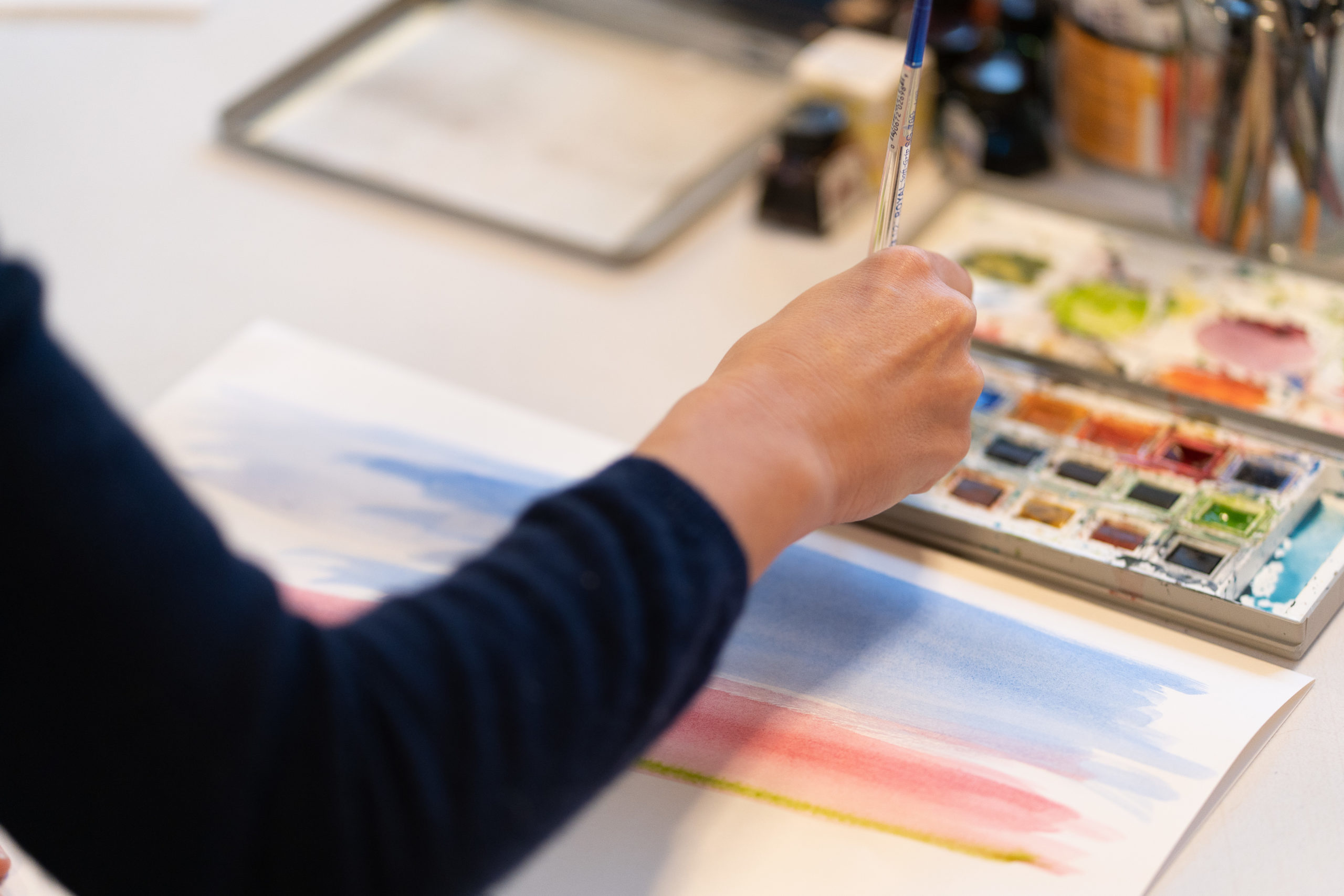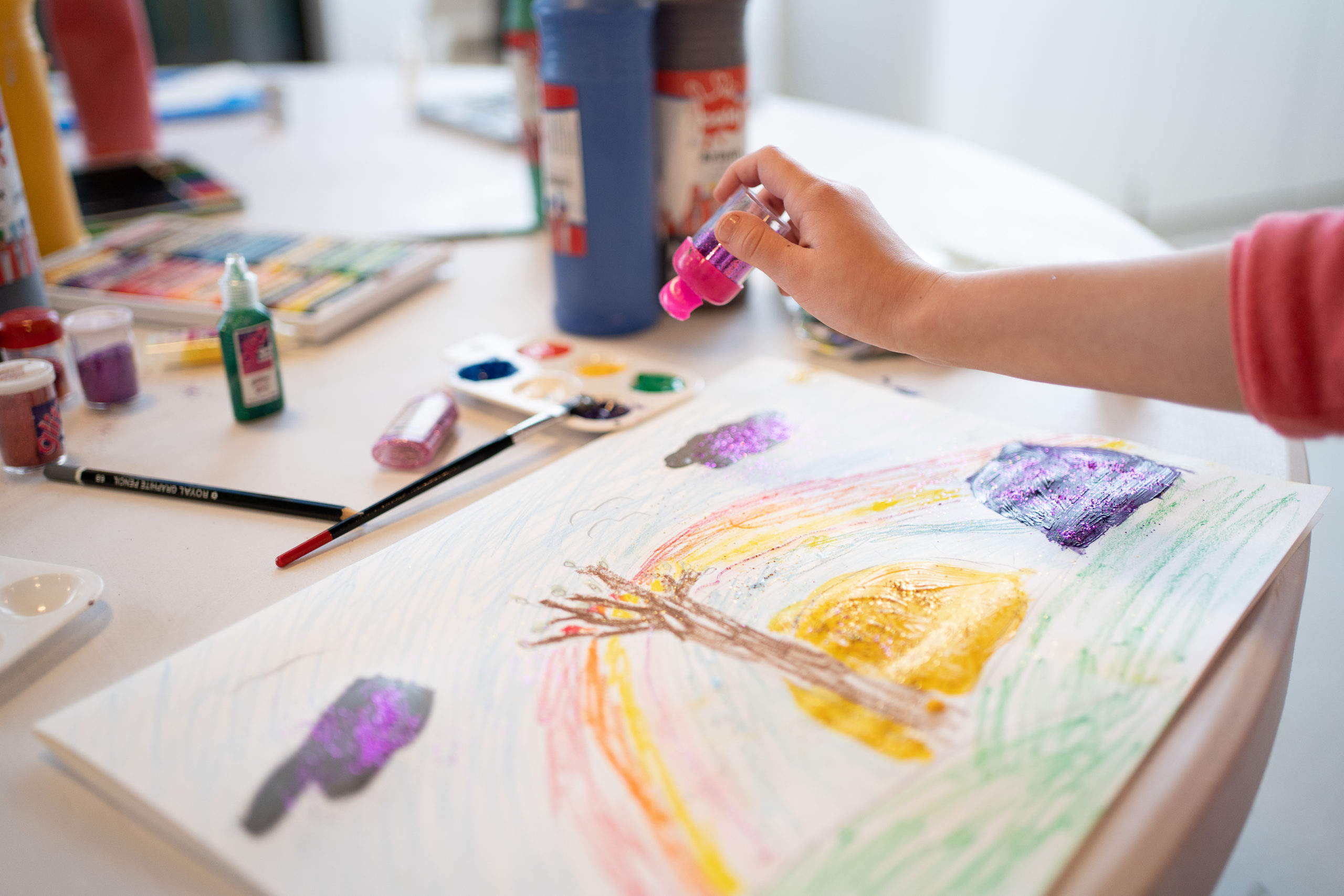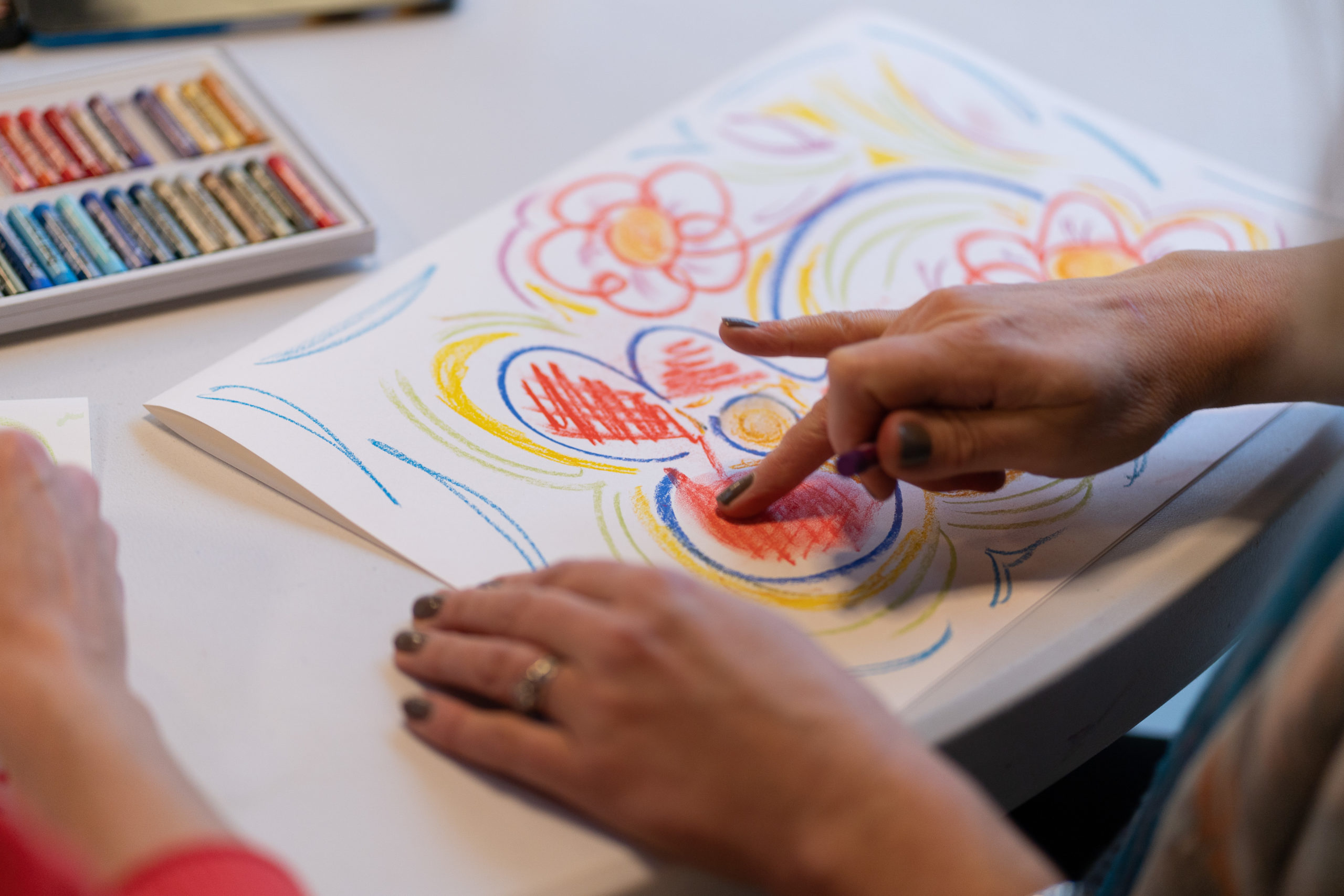What Is Art Therapy?
Contact Me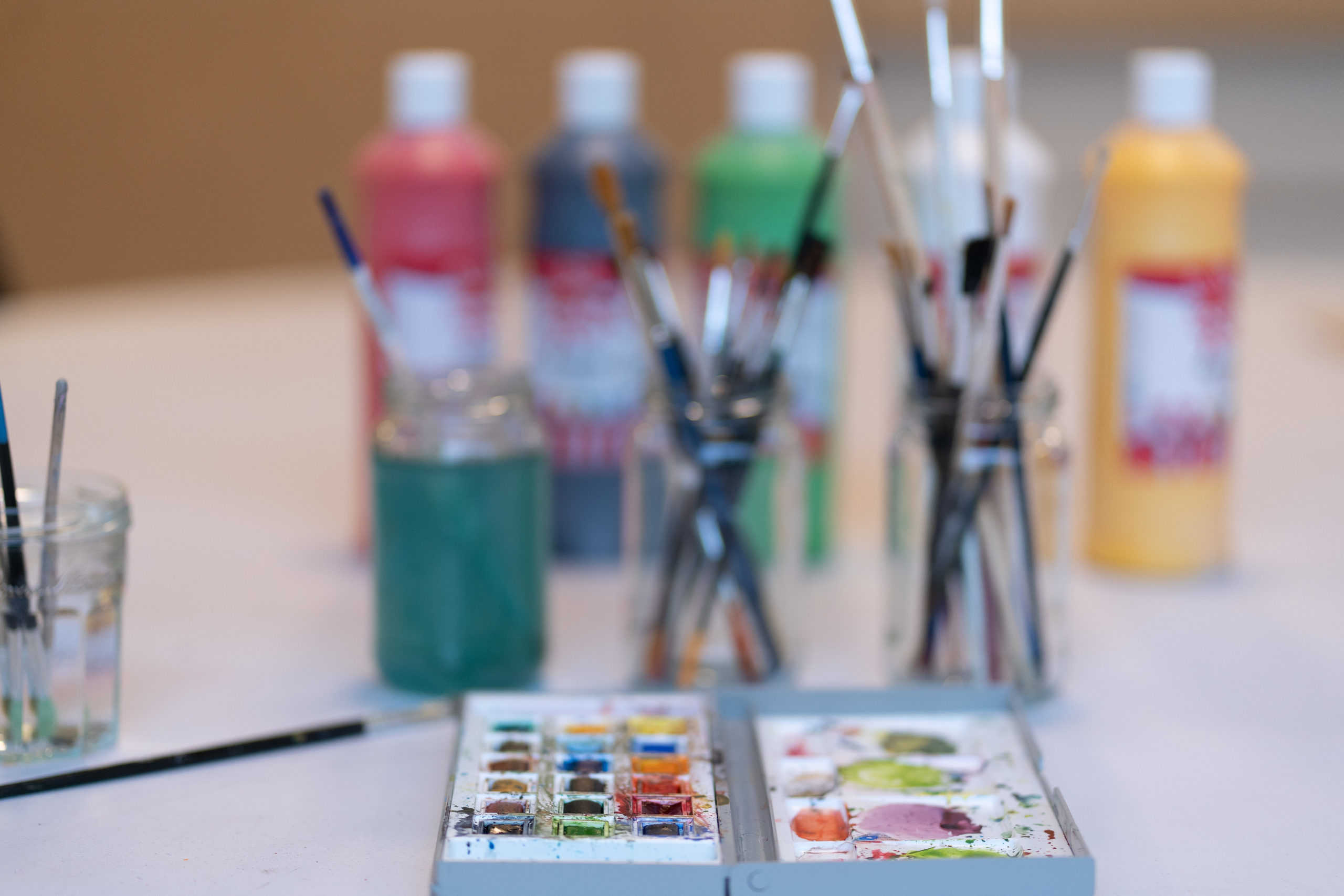
What is art therapy?
Art Therapy is a form of psychotherapy which uses creative, arts based processes to facilitate understanding, self-expression, communication, self-awareness, personal growth and development.
By creating images we share a visual insight into our own internal worlds. When explored with an art therapist it may help to relieve difficult or painful feelings, can help our understanding of our feelings and will act as a reference to facilitate change from within. Sometimes words are too hard to find or we may have too many words. Art therapy can help to express these often overwhelming feelings and help to move towards greater general wellbeing.
Why does it work?
Art has long been known to have therapeutic properties. When creating visual images, we use the right side of the brain, this being the same side that is used before spoken language develops and where visual memory is stored. This process allows the left side of our brain, the part we use for language to be quiet for a while. The quietness of the thinking brain allows the creative brain space to communicate with our internal and external worlds bringing about an understanding that has deeper meaning than our thinking brain allows.
Therapy to me is about finding a space in your life to explore your internal and external worlds in order to improve your overall mental wellbeing. If we allow art into this space I believe you are giving yourself the opportunity to explore and understand in a way that promotes the use of our instinctual processes to develop.
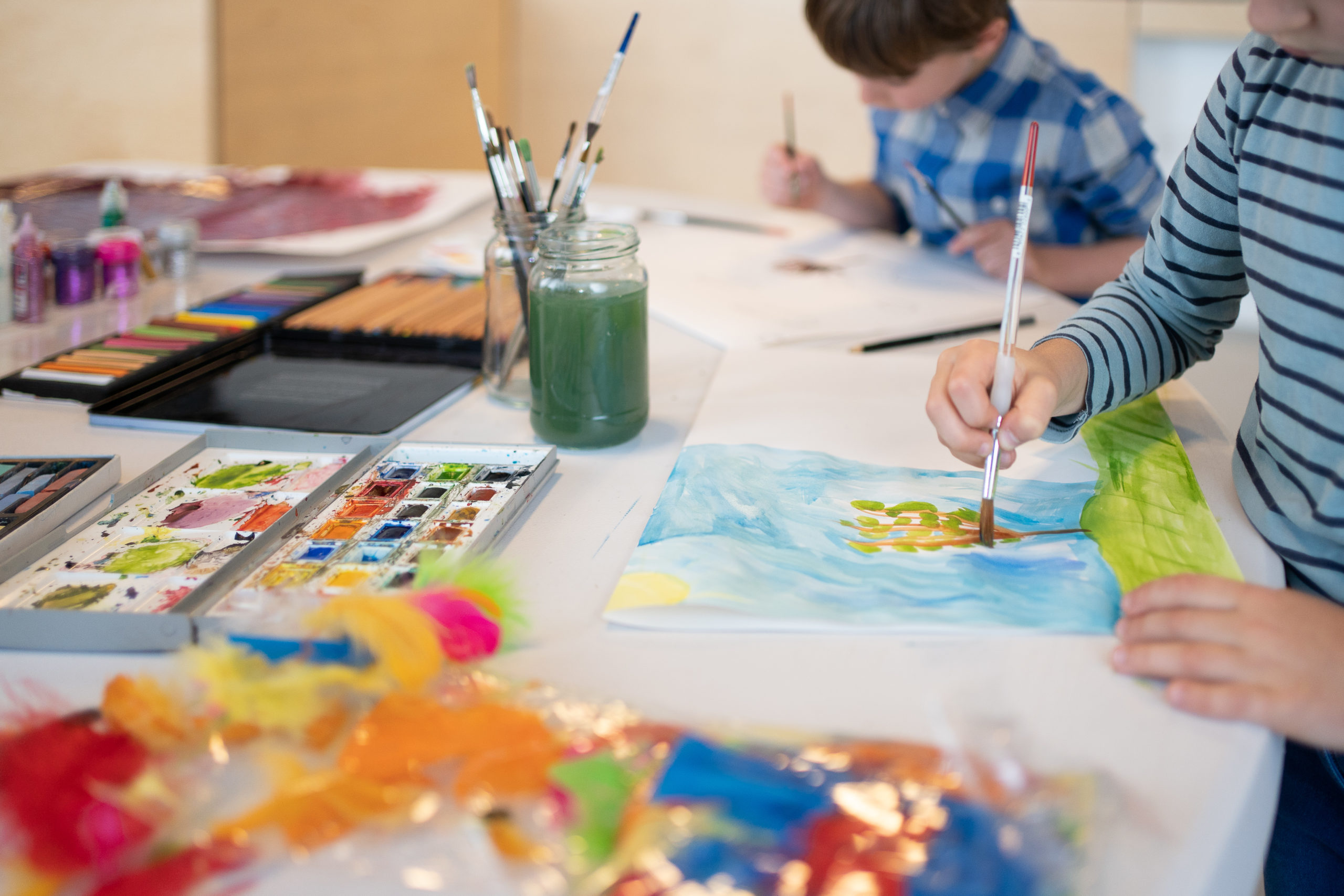
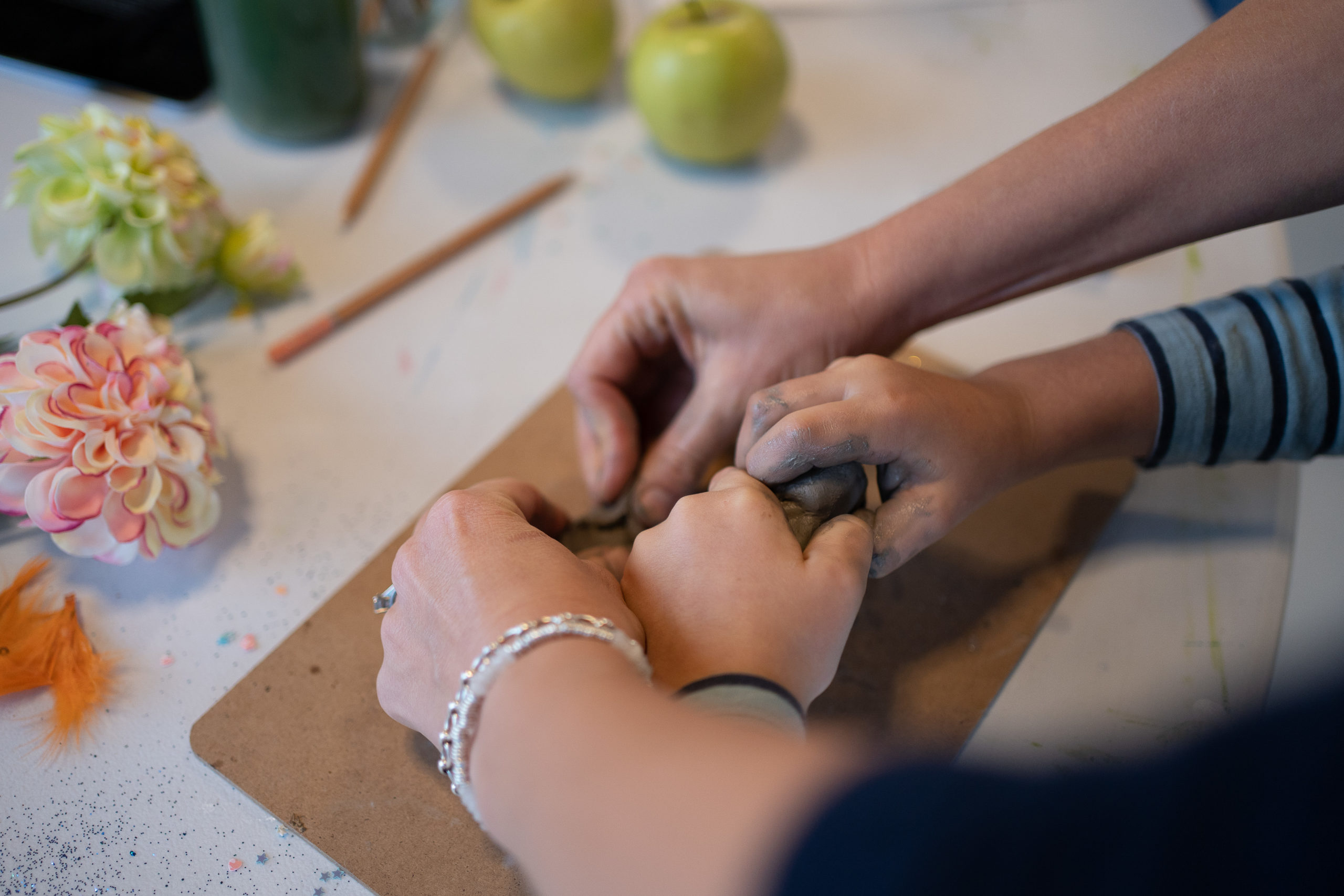
Benefits of Art Therapy
- Experiencing a safe and supportive environment to explore aspects you may normally keep hidden
- Working through and healing personal issues and traumas
- Developing strategies to better cope with anxiety, depression, fear, grief, or loss
- Self expression when you may not be able to describe how you are feeling with words alone: make the invisible (such as painful emotions and experiences) visible through external expression
- Acceptance of all parts of self and assisting to be content
- Renewed understanding of personal meaning and discovery of inner resources
- Increasing self esteem, self worth and confidence
- Developing healthy coping skills
- Art making engages the whole brain and can stimulate integration of cognitive, feeling and sensory processes
Self empowerment, strength and an understanding of personal values
Who is Art Therapy for?
Art Therapy is for EVERYONE! It can be beneficial for all ages, genders, cultural backgrounds and socio-economic circumstances.
I work with children and adults in both individual and group settings.
I specialise in supporting Children, families and individuals affected by cancer or a life-limiting illness including grief and loss.
Art Therapy can help support
- Life-limiting illness
- Those affected by cancer
- End-of life support
- Bereavement and loss
- Anxiety
- Depression
- Social and peer pressures
- Attachment difficulties
- Emotional and behavioural difficulties
- Communication difficulties
- ASD and ADHD
- Trauma
- Abuse
- PTSD
- Changes in family structures
- Child protection concerns
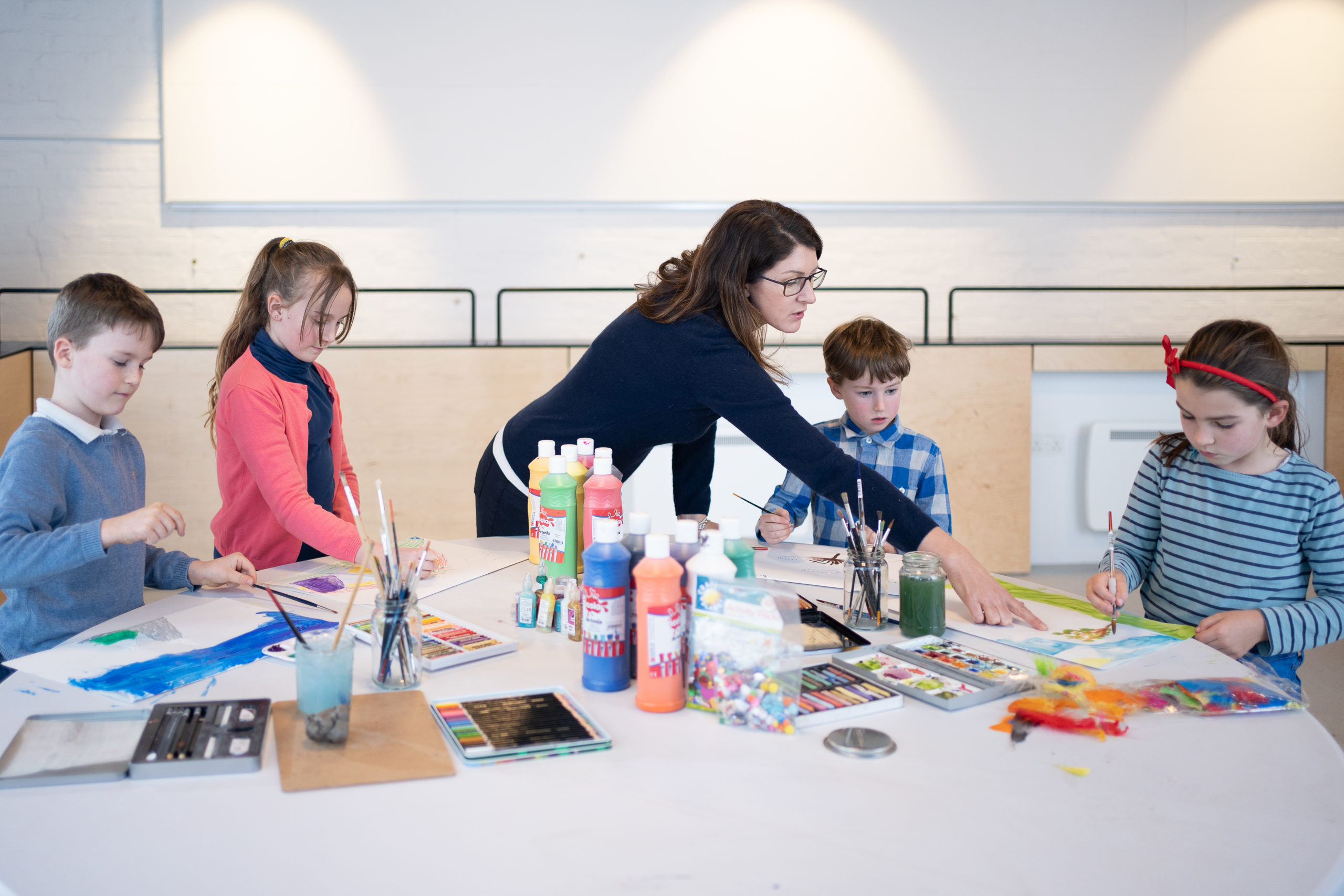
What happens in an Art Therapy session?
What Happens in An Art Therapy Session
Before we start any sessions using art materials I offer a complimentary initial meeting so I can get to know what you’re seeking help for. This also gives you an opportunity to see where and how I work and to decide if you feel comfortable in establishing a therapeutic relationship with me.
If we agree to work together sessions will be around 50 minutes weekly, biweekly or monthly.
Art Therapy sessions may take place individually or in groups depending upon your situation and goals. During our session’s art materials will be provided, you do not need to have had any previous experience using art materials because we work with the process of making art not creating a master piece. I have pens, pencils, paints, pastels, clay, glitter, collage materials and much more. Of course you can bring anything else that you would like to work with.
I provide a space where I offer structure when needed, can direct activities which I feel will help to process and explore your feelings as well as allowing you to bring what you need to the space.
I set sessions up to have a beginning – where I check in on how things are with you. A middle – the creative part of the session and an end – where we look at and explore the art that has been made in relation to your unique situation. This process allows us to reflect on the past, the present and the future and will I hope give you a sense of ease that you can take with you.
Growing research concludes that Art Therapy improves psychological wellbeing with strong evidence that supports those living with long-term illness or those experiencing bereavement improving communications skills, gaining a better understanding of themselves and their ability to cope, leading to a better quality of life full of hope and happiness.
How I work
The art therapy I practice is influenced by the ‘person-centred approach’ developed by psychologist Dr. Carl Rogers. Dr. Rogers believed that a relationship between ‘client’ and a therapist who was deeply understanding (empathic), accepting (having unconditional positive regard) and genuine (congruent) could become the basis for positive therapeutic outcomes. This relationship then allows me to bring my knowledge of different therapeutic tools and approaches to work with the individual’s needs.
